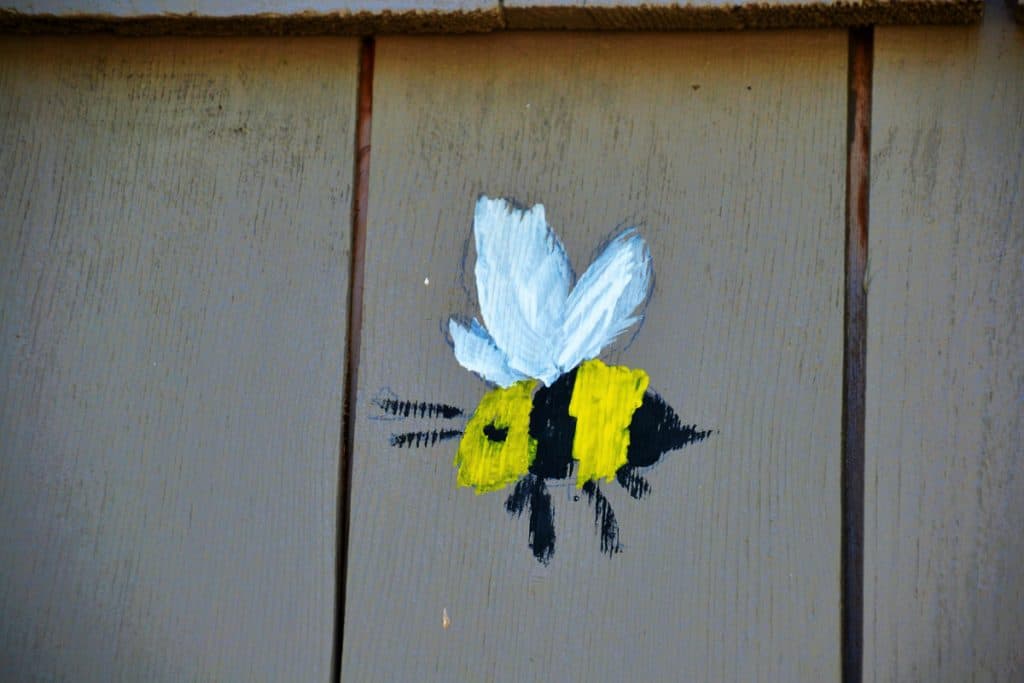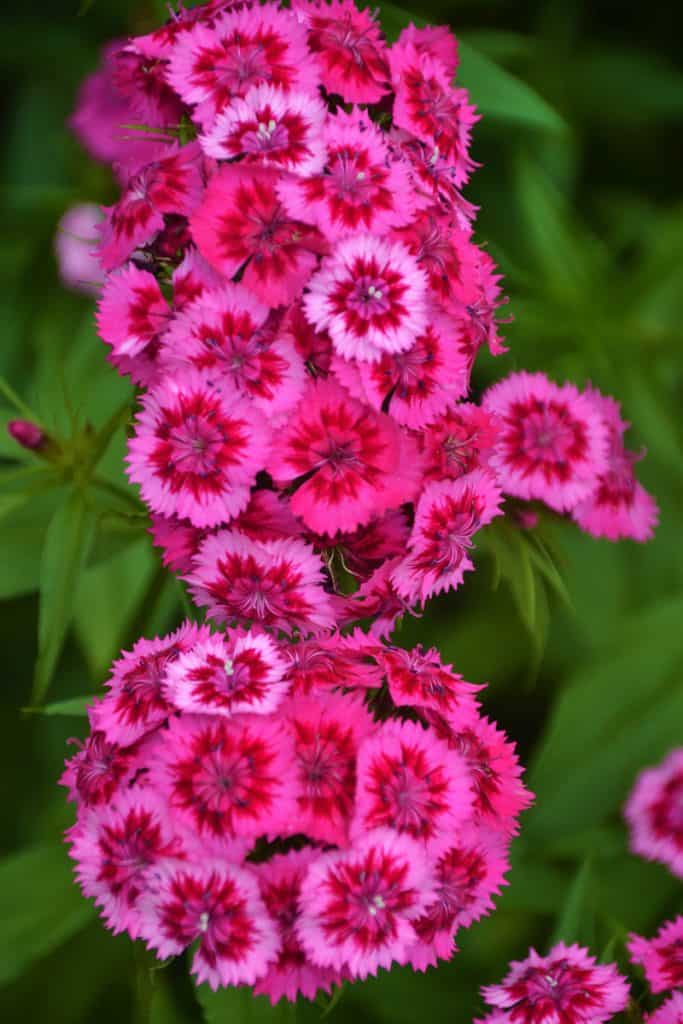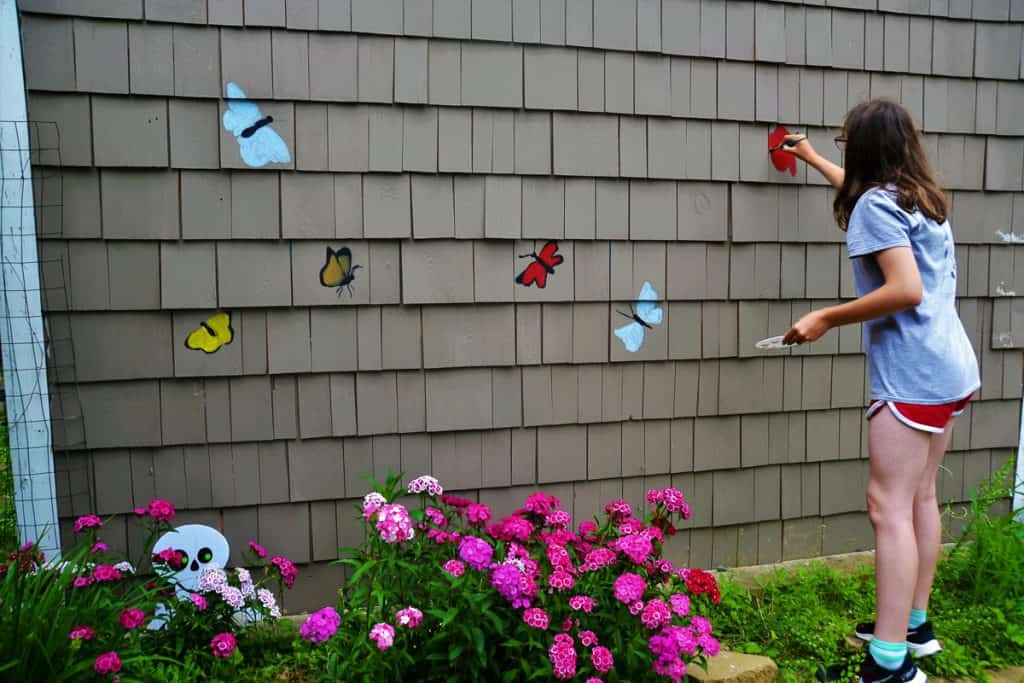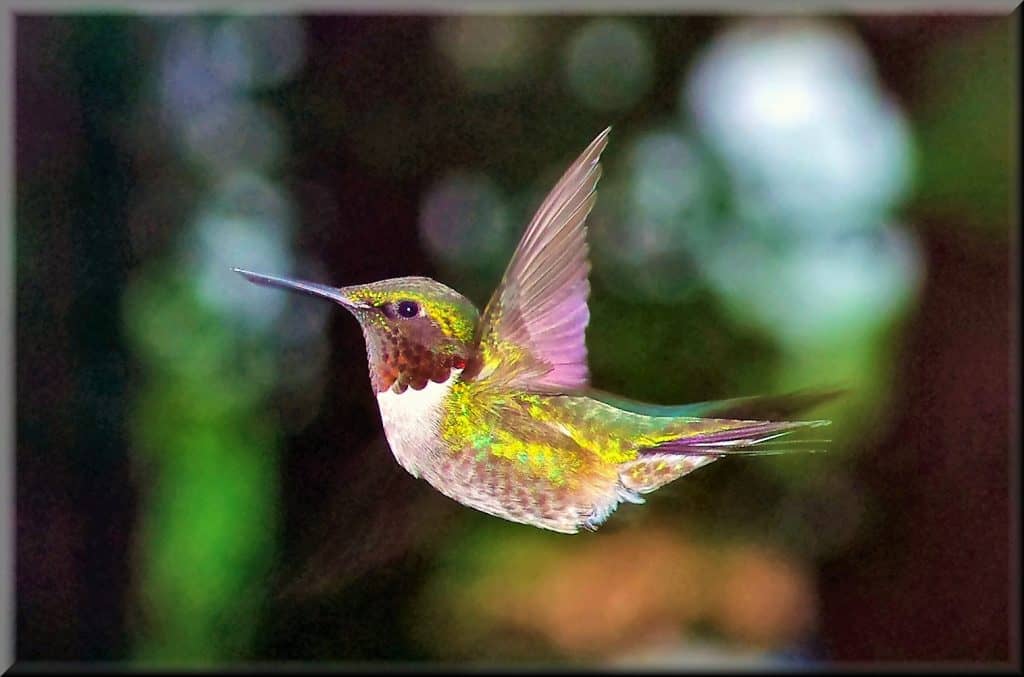Here’s what’s blooming in town this week to make your walks more enjoyable
We are celebrating National Pollinator Week from June 20-26. While bees and butterflies may be the most frequent pollinators we see, birds, bats, beetles, moths, wasps and flies also help many plants produce fruits and seeds from flowers. Hummingbirds can be very efficient pollinators because they visit so many flowers in a day seeking nectar. They particularly like tubular flowers like bee balm (Monarda didyma), and as the pollen brushes off on their heads and beaks, they may transfer it to the next blossoms they visit.
Hummingbirds often are the last birds to leave Charlie Zapolski’s North Saugus garden. He says they frequently visit the flowers and hummingbird feeders near dusk after other birds have called it a day. Ruby-throated hummingbirds (Archilochus colubris) are the only hummingbird species usually found in the East, but there are several species that can be found in western North America. Charlie notes that only the males have ruby throats. The females are slightly more subdued in their plumage.
A beautiful addition to a local garden was created in my neighborhood this week. Twelve-year-old artist Sofia Eon painted butterflies, bees and ladybugs on the wall of her grandmother’s shed. Sofia is from Maine but often comes to visit her extended family in the Belmonte/Trumpler household and on this occasion showed her skill with acrylic paints by leaving a lasting reminder of the delights of summer above Peggy Belmonte’s fragrant garden of sweet Williams.
Sweet Williams (Dianthus barbatus) are relatives of carnations. The common name sweet William dates back to at least the late 16th century, when it was among the flowers mentioned in John Gerard’s “herbal” of 1597. The petals typically have zigzag edges, similar to what you might create if you cut fabric with pinking shears. These “pinked” edges are so distinctive that some members in the Dianthus genus have long been called “pinks” for their “pinked” petals. Sweet William’s flowers may be red, pink, white, purple or combinations of these colors. Those in Peggy’s garden certainly include some stunning color combinations and patterns. If you look closely, there are some blossoms with white pinked petals and an inner ring of purple zigzag markings, others with pale pink petals and deep pink zigzag markings, some nearly all red, and other variations on these colors. Because of the variety of colors, sweet Williams were popular in renaissance cottage gardens in England and were brought to North America as ornamental plants by European settlers. Flowers like sweet Williams would likely have been cherished by the families of laborers at the Ironworks in the mid-17th century.
Some members of the genus, including sweet Williams, have a fragrance similar to cloves. Another name for carnation (Dianthus caryphyllus) is clove pink, a reference both to the scent and the petal edges. In the early to mid-20th century, William Sim Carnation Company on Morton Avenue in Saugus was world-famous.
Sweet Williams are technically biennials, which means that they usually live two years, producing only foliage and roots the first year from seed, but in the second year they produce many flowers and may seed themselves in the garden. Like many biennials, the plants can be prolonged another year or two by removing spent flowers to prevent them from using too much energy producing seeds. Removing faded flowers also may encourage them to continue blooming through the summer and into the fall. They are sometimes found among the annuals in garden centers since they are already in their second year by the time they flower and are offered up for sale, so they would not be expected to survive for another season. However, it is very likely that the seeds will germinate in the bed and if not accidentally weeded out in this first, non-blooming year, they will flower two years later. They like sunny locations and prefer a soil that is slightly more alkaline than our somewhat acid tending soil, so a little lime might be added to areas where these grow.
Editor’s Note: Laura Eisener is a landscape design consultant who helps homeowners with landscape design, plant selection and placement of trees and shrubs, as well as perennials. She is a member of the Saugus Garden Club and offered to write a series of articles about “what’s blooming in town” shortly after the outbreak of the COVID-19 pandemic. She was inspired after seeing so many people taking up walking.





